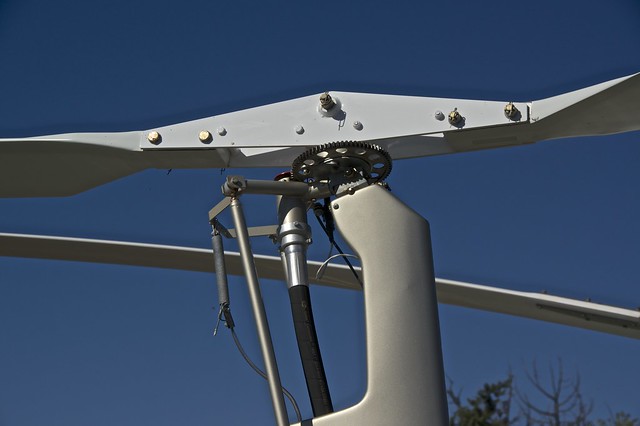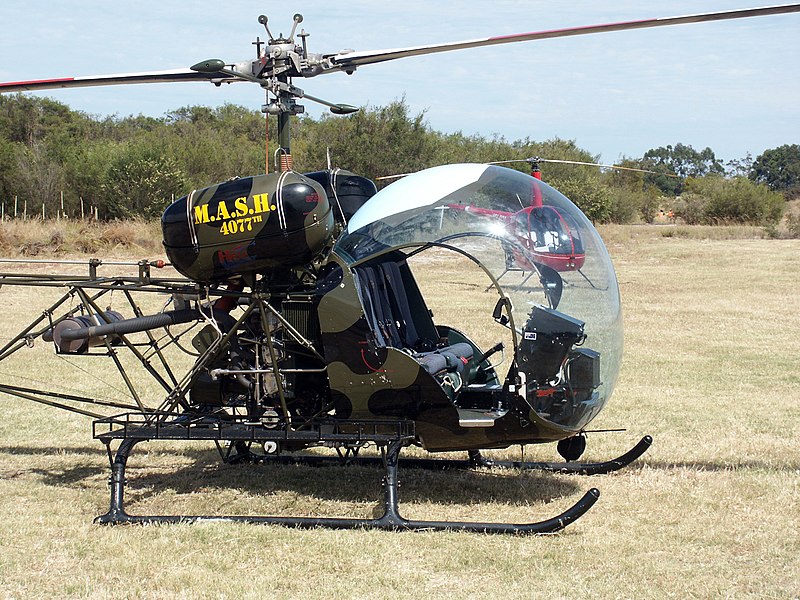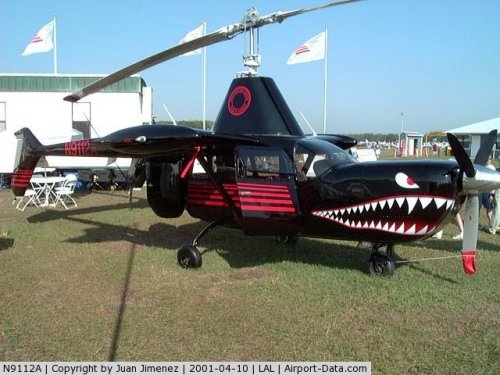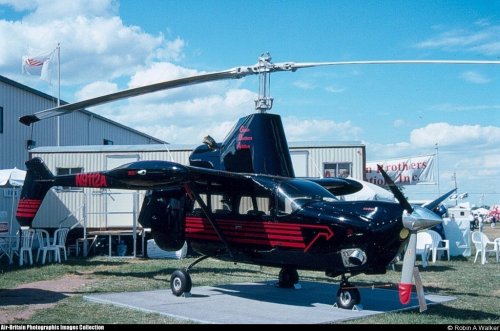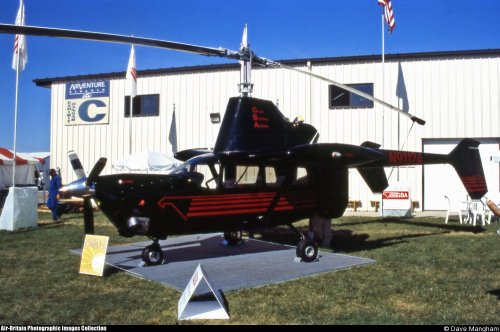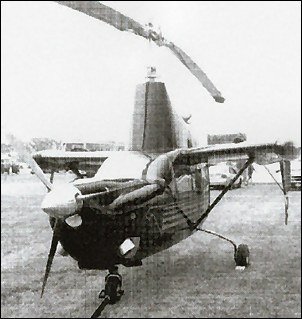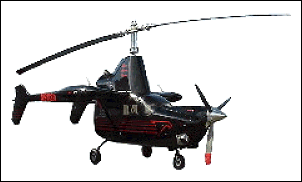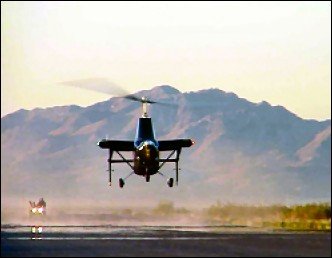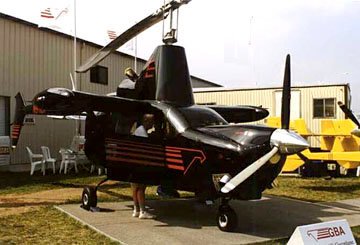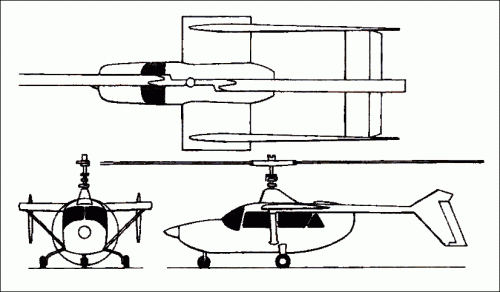http://youtu.be/p8IB-5PbL9U
Modern autogyros (or gyroplanes if you prefer) like the Magni M24 Orion, AutoGyro Calidus and Cavalon and the Xenon/Zen1 show that this type of aircraft has come a long way since the old Bensen Gyrocopters. With maximum level speeds around 100 knots and cruising speeds around 100 mph, these aircraft have effectively no minimum forward speed (i.e. no stall) and can maintain altitude at very low forward speed, essentially hovering if there is any significant wind. They do all this without the weight and complexity a transmission, variable pitch rotor, etc. and with excellent maneuverability when flying low and slow.
It seems to me that there ought to be a role for a dedicated military autogyro as an affordable light tactical reconnaissance aircraft and even, with today’s lightweight missiles, light attack and anti-tank aircraft. An autogyro about double the weight and power of the sport models above could carry two crew and their survival gear, basic day/night sensors, minimal armor protection for critical components and crew, a pod for guided rockets or anti-tank missiles and perhaps a small turret with a rifle-caliber machine gun to provide suppressive fire against ground targets. Purchase and operating costs would be a fraction that of a light helicopter.
What do you think? Will we see armed autogyros return to the skies for the first time since WWII (not counting 007’s Little Nellie)?
Modern autogyros (or gyroplanes if you prefer) like the Magni M24 Orion, AutoGyro Calidus and Cavalon and the Xenon/Zen1 show that this type of aircraft has come a long way since the old Bensen Gyrocopters. With maximum level speeds around 100 knots and cruising speeds around 100 mph, these aircraft have effectively no minimum forward speed (i.e. no stall) and can maintain altitude at very low forward speed, essentially hovering if there is any significant wind. They do all this without the weight and complexity a transmission, variable pitch rotor, etc. and with excellent maneuverability when flying low and slow.
It seems to me that there ought to be a role for a dedicated military autogyro as an affordable light tactical reconnaissance aircraft and even, with today’s lightweight missiles, light attack and anti-tank aircraft. An autogyro about double the weight and power of the sport models above could carry two crew and their survival gear, basic day/night sensors, minimal armor protection for critical components and crew, a pod for guided rockets or anti-tank missiles and perhaps a small turret with a rifle-caliber machine gun to provide suppressive fire against ground targets. Purchase and operating costs would be a fraction that of a light helicopter.
What do you think? Will we see armed autogyros return to the skies for the first time since WWII (not counting 007’s Little Nellie)?

